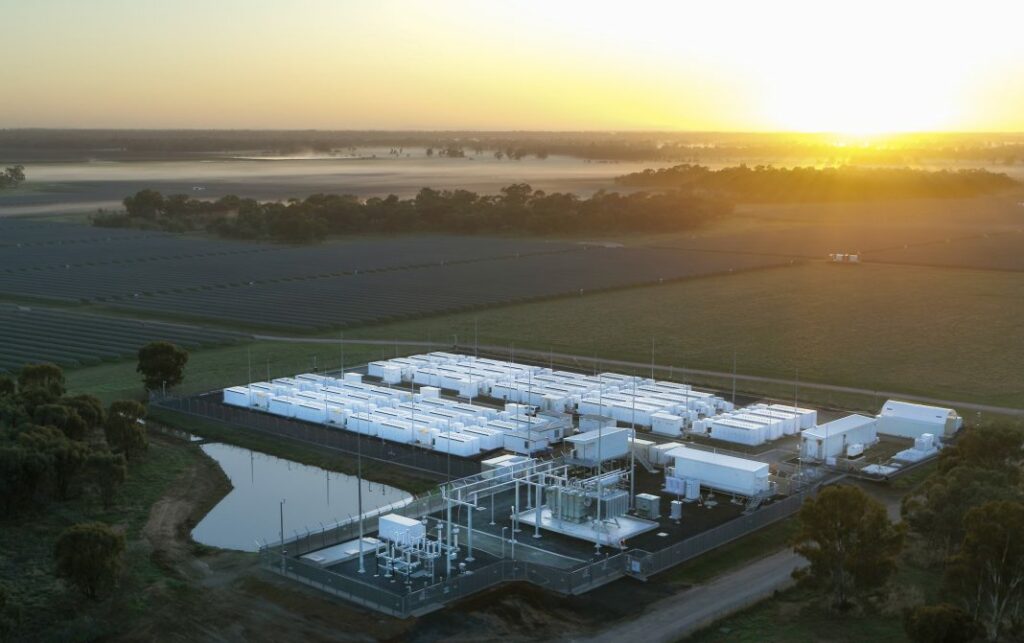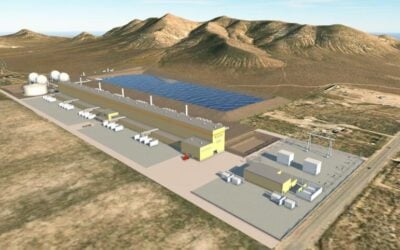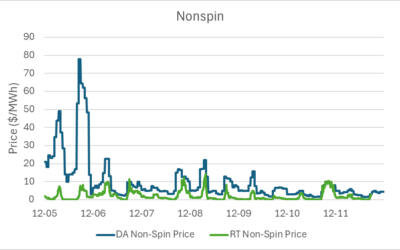
The Australian Energy Regulator (AER) said increased energy storage capacity will be essential to manage daily and seasonal variations in output on the National Electricity Market (NEM).
Detailed in the organisation’s latest ‘State of the Energy Market 2024’ report, energy storage will be key in capturing variable renewable energy generation whilst avoiding curtailment, which could result in a rise in household bills.
As coal-fired power is withdrawn from the NEM, the AER said that the increased energy storage capacity will be essential to manage daily and seasonal variations in output. Because of this, the energy storage market in Australia is booming, accompanied by lower costs and expanding opportunities.
Battery energy storage systems (BESS) operating in the NEM stands to earn significant revenue from operating in frequency control markets. However, this can come at the expense of their availability in the energy-only market. However, this attractiveness continues to entice wide global investment in the country’s energy storage market.
Try Premium for just $1
- Full premium access for the first month at only $1
- Converts to an annual rate after 30 days unless cancelled
- Cancel anytime during the trial period
Premium Benefits
- Expert industry analysis and interviews
- Digital access to PV Tech Power journal
- Exclusive event discounts
Or get the full Premium subscription right away
Or continue reading this article for free
In 2023-24, BESS added 2GW of capacity to the NEM, with the total output from batteries increasing compared to the previous year. Despite this, it contributed less than 0.5% of total generation output.
But this capacity is rapidly increasing. In the next year, the AER forecasts an additional 2GW of capacity to be brought online and by 2037-28, it will peak at just under 22GW. One major development to keep an eye on is the 850MW/1,680MWh Waratah Super Battery, which will become the largest BESS on the NEM.
The report also details that investment levels in renewable energy generation and energy storage continue to increase, with 2024-25 expected to be the biggest year yet.
Since the beginning of 2017-18, over 15GW of new grid-scale solar PV, wind, and BESS have been added to the NEM. Over the same period, just over 2.5GW of coal and gas capacity was withdrawn.
Almost all of this withdrawn capacity was replaced between 2023-24, with 2.1GW entering the NEM. Of this, 600MW of solar PV capacity was added in New South Wales, Victoria, and South Australia, and 300MW of BESS capacity was added in New South Wales, Queensland, and South Australia.
Although no generator exits are expected in the next financial year, large volumes of historical fossil fuel generators are scheduled to close in the next 5 years. This includes 1,050MW of gas, 3,720MW of black coal and 1,480MW of brown coal. Large volumes of renewable energy and dispatchable generation will be required to meet the supply gap, the AER adds.
To read the full article please visit PV Tech.





